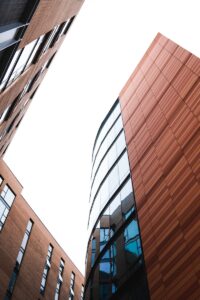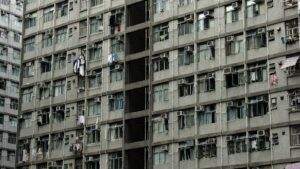The government is a step closer to forcing developers to pay for repairs for unsafe buildings under the Building Safety Levy.
More details have now been revealed and developers have begun to be consulted on the plans, which could see developers of residential buildings, regardless of height, paying a levy as part of the building control process.
A developer wouldn’t be able to progress with the building until this is paid, potentially stalling projects and impacting future revenue.
The Department for Levelling Up, Housing and Communities has said the measure would generate £3 billion over the next 10 years, with the levy reviewed regularly to reflect economic circumstances.

Minister for Local Government and Building Safety Lee Rowley said: ‘We have been clear that developers must pay to fix building safety issues and the Building Safety Levy is an important part of making that a reality.
‘Today’s consultation will give industry and local authorities an opportunity to work with us going forward.
‘By having these plans in place, we can ensure that all leaseholders are protected, regardless of whether their developer has pledged to remediate or not.’
The levy is part of the Building Safety Act 2022 brought in under Michael Gove as a reaction to the cladding scandal, which has seen thousands of leaseholders forking out for building safety repairs and waking watch patrols.
It’s been proposed that local authorities are best placed to collect the money, with the relevant systems, data and relationships in the development sector required.
The government has said there could be an option to alter levy rates according to the area, with lower rates for places where land and houses are less expensive.
Affordable homes could also be made exempt from the levy to protect supply, as well as community buildings, like NHS facilities, children’s homes, and domestic abuse shelters.
The Building Safety Levy will run alongside the 49 existing developer pledges which commit them to fixing life-critical fire-safety defects in buildings over 11 meters which they had a role in building in the past 30 years. It’s estimated this amounts to around £2 billion.
The consequences of unsafe cladding were made clear in the 2017 Grenfell Tower fire which killed 72 people.
Photo by Peter Fogden


















Leave a Reply